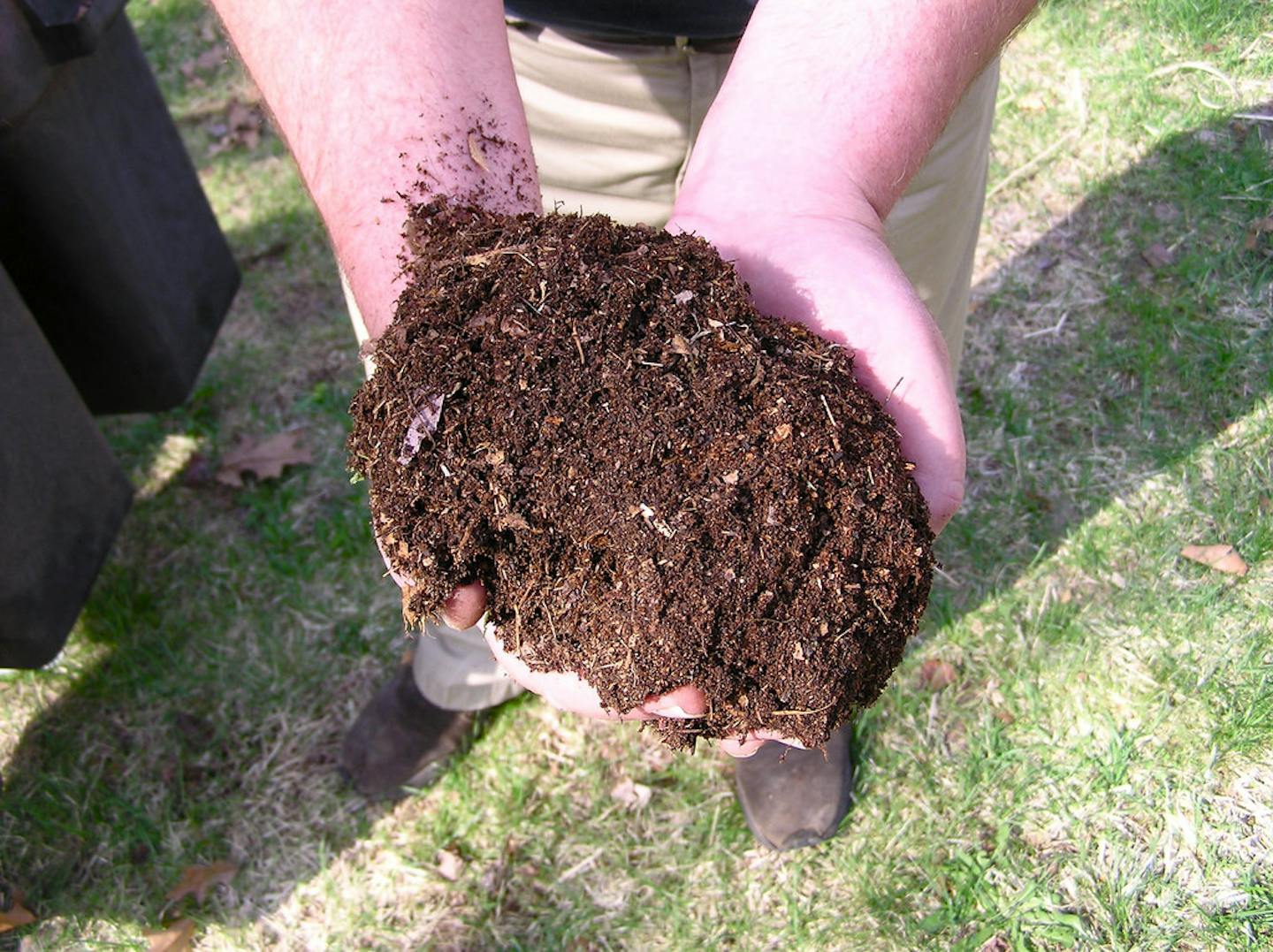Growing our way out of greenhouse gasses
While the Trump administration has been reversing policies to address climate change, including withdrawing from the Paris Climate Treaty and dismantling the Clean Power Plan, states and localities are looking to embrace a new option – carbon farming.
Colorado, Arizona and Montana have all started carbon farming initiatives, with California leading the way. Almost half of its 58 counties have farmers developing carbon-farming plans.
San Francisco intends to become a model of modern urban carbon farming, based on its largest composting program in the U.S. By 2050, California plans to reduce greenhouse-gas emissions to 20 percent of 1990 levels, and it is banking on carbon farming. Now Hawaii, Massachusetts, and Maryland are starting similar efforts.
How does carbon farming work? It’s all about storing or sequestering carbon in the soil. One key strategy is composting, which both prevents greenhouse gases from escaping the soil and further absorbs already released carbon emissions.
Made up of manure and food scraps, compost also prevents waste from decomposing and creating greenhouse gases like methane, which is 34 times more harmful than CO2. It also enhance plant growth and increases nutrition in the crops that result.
In Northern California, The Marin Carbon Project, founded in 2008, is a consortium of ranchers, scientists and land managers. The goal is to develop science-based carbon-farming practices and to help establish the incentives needed to encourage California farmers to adopt them.
The Marin Carbon Project believes that waste can be thought of as a resource, rather than just a nuisance and a tool that can help us grow our way out of the climate issue. If you think of the way farming used to be done, farmers returned animal waste to the field. There is a circle between plants, soil, livestock and air that can be used to our advantage.
California also has a Healthy Soils Initiative, which engages the agricultural industry in the fight against climate change. In principle, that means carbon farmers can receive money from the state’s climate-mitigation funds not just for compost but also for 34 other soil-improving practices already approved by the Natural Resources Conservation Service. A compost amendment could become an official recommendation of the service, possibly allowing farm bill money to subsidize food production, not to fight climate change directly but to increase soil health.
While some say compost can’t be scaled as an nationwide agricultural solution, there is certainly no shortage of waste to use. In the U.S. we throw away 30 – 40 percent of our food, which then goes to landfills and creates greenhouse emissions. Can we affordably create tons of compost and apply it to large swathes of land? It is a challenge. But there is an attractive balance in returning atmospheric carbon and food waste back to the earth, where it can make our planet more green and more productive.

